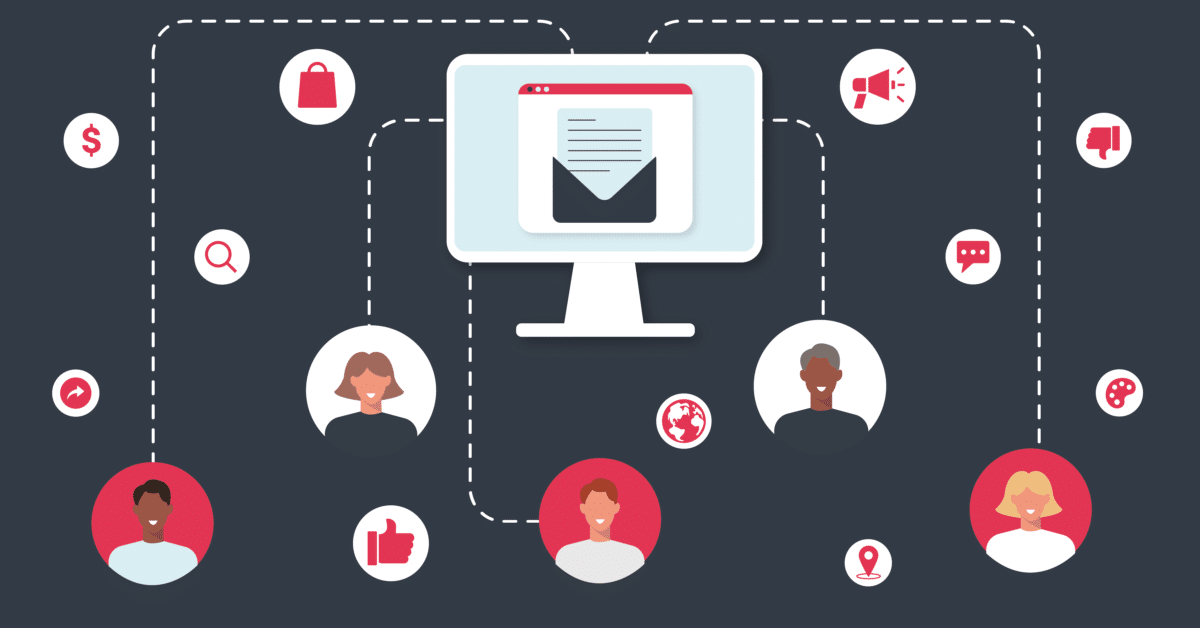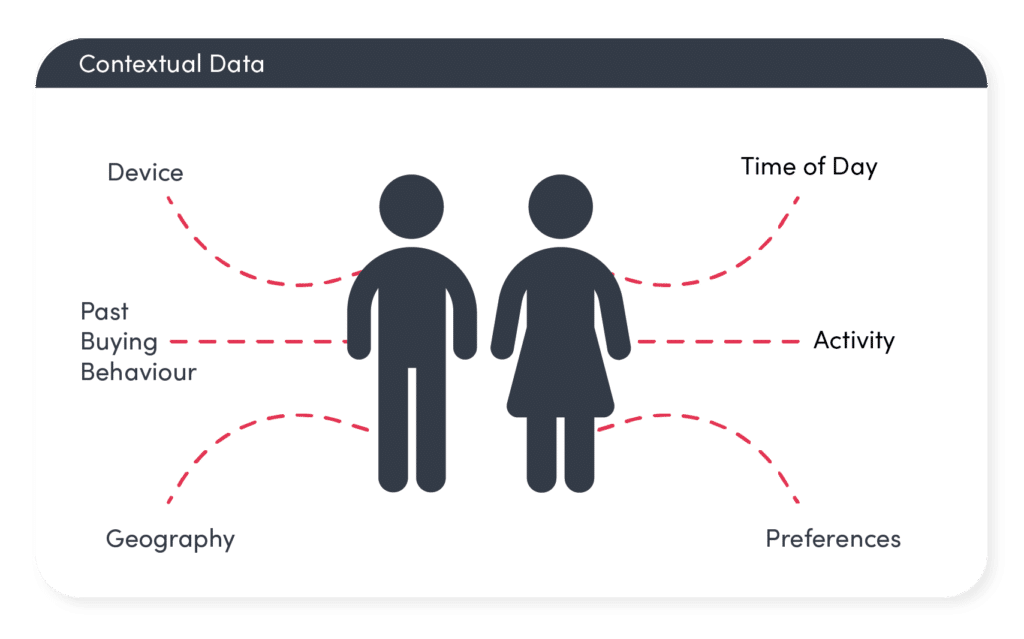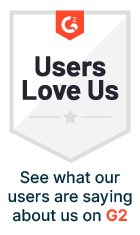
Personalisation is key if you want people to engage with your app, website or email. According to 2019 figures, the average person has around 80 different apps installed on their phone. With only nine seeing daily use. Roughly 294 billion emails were predicted to be sent and received each day in 2019. Therefore, making sure your message stands out is pretty crucial if you want to reach a prospect or customer.
So, personalisation – building your app, or tailoring a webpage, email or offering to users based on their actual behaviour. Is a key way of standing out.
Why personalise your application?
But why do personalise in the first place? There are a number of reasons.
Firstly, your audience expects it. This survey found that the number one priority for respondents’ future expectations for the mobile experience was more personalised apps. As well as websites which was the norm back in 2016. It’s absolutely central to good marketing practice.
Secondly, it improves user engagement. As we’ve just said, people want personalisation: it shows you understand they are an individual. Don’t forget that at the other end of your marketing communication is a person just like you! No one wants to be treated like an anonymous, faceless recipient. If you personalise your communications, you will see user engagement grow. Personalised emails have been shown to increase click-through rates by 18% and conversion rates by 5%.
Thirdly, if you personalise, you’ll see a rise in return visitors. Perhaps by as much as 180%, while on email, you’ll find that unsubscribe rates are significantly lower.
Next, McKinsey found that personalisation, if done correctly, can “lift revenues by 5 to 15 per cent, and increase the efficiency of marketing spend by 10 to 30 per cent.” It also presents upsell and cross-sell opportunities. This is where you can send emails based on items in a customer’s basket. Sellers can do this either to remind them to come back and purchase. As well as suggest similar items that might go well with their proposed or actual purchase.
What data do you need?
Customer data is key to personalisation. It enables you to make informed decisions regarding the experiences you want to provide and which segments of your users are given specific experiences.
The user data you can collect can be roughly divided into three categories: demographic, contextual and behavioural.
Demographic Data
Demographic targeting is about finding out who your users are so you can deliver customised experiences to them, and includes gender, age group and their likes and dislikes.
This information will enable you to shape the experience of your app or tailor your marketing messaging to ensure content is relevant to each user.

Contextual Data
Contextual data is all about the device the user is using, the time of the day and/or the current geographic location, to personalise the user experience.
For example, a local travel app could display restaurants that are close to the user’s location that are still open, or an ecommerce app could display iPhone cases based on the fact that the user is using an iPhone.

Behavioural Data
Finally, behavioural targeting uses the behaviour of the user to customise their experience.
For example, if a user has purchased a specific product before, the app can automatically display it the next time it goes on sale, or suggest accompanying products to go with their original purchase.
Because behavioural targeting is based on how users actually behave, it is a powerful way to personalise the experience for user experience.

How to personalise your service
Knowing and understanding your user’s demographic, contextual and behavioural data will help you customise your messaging and deliver them relevant, targeted and appropriate communications.
Use your app’s push notifications to boost user engagement, but don’t bombard them unnecessarily. Make sure they are relevant to the user, and bear in mind their location and time zone.
Provide fresh relevant content on a regular basis to keep users engaged. A good tactic is to personalise their experience using the data you have already gathered on them, such as recommending items based on a previous purchase.
You can also use artificial intelligence (AI) to personalise the user experience. AI looks at an individual user through their in-app behaviour and recommends the types of content they are most likely to engage with. A good example of this is Netflix, which scores highly on what users watch next thanks to product recommendations based on in-app behaviour.
Some personalisation integrations using Cyclr
A number of the integrations within Cyclr can help you personalise your marketing activities.
For example, User.com can send personalised emails at the perfect moment or activity and will increase returning traffic with individualised notifications. You can also store organised knowledge for your team and customers.
Ometria is a powerful marketing automation platform for ecommerce that enables retailers to send personalised marketing messages.
CRM platforms, such as Insightly can capture new leads, and when integrated via Cyclr, you can automate personalised email follow-ups using email marketing platforms such as Campaign Monitor.
User event data within applications can be triggered in a webhook format, allowing external processes and integration to run by Cyclr. The more event types made available the wider the range of potential integrations are.
